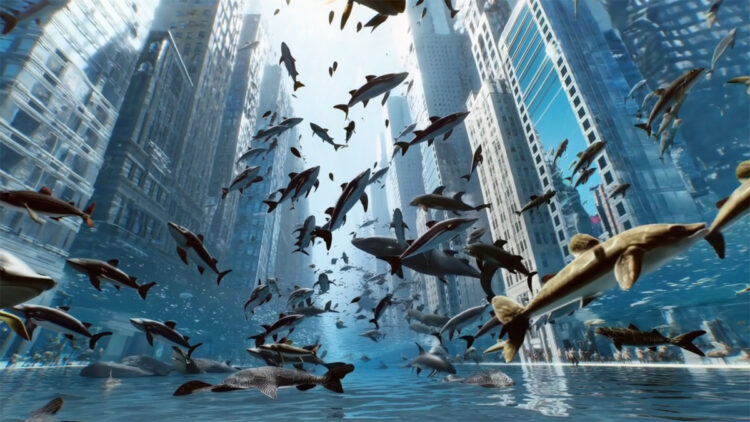OpenAI unveiled “Sora,” a new tool designed to generate videos based on textual prompts. Named after the Japanese term for “sky,” this new model is capable of crafting lifelike footage lasting up to a minute, tailored to user directives regarding both content and style.
According to OpenAI’s introductory blog post, Sora exhibits the ability to construct intricate scenes featuring multiple characters, specific motions, and precise environmental details. The company asserts that the model comprehends the spatial reality of objects and can adeptly interpret props while crafting emotionally expressive characters.
Introducing Sora, our text-to-video model.
Sora can create videos of up to 60 seconds featuring highly detailed scenes, complex camera motion, and multiple characters with vibrant emotions. https://t.co/7j2JN27M3W
Prompt: “Beautiful, snowy… pic.twitter.com/ruTEWn87vf
— OpenAI (@OpenAI) February 15, 2024
Furthermore, Sora can generate videos from single images, fill in gaps within existing footage, or extend its duration. Demonstrations provided in OpenAI’s blog post showcase various scenarios, such as a model walking along a street in Tokyo and an aerial view of California during the gold rush era. Although some videos exhibit characteristic AI quirks, like disappearing characters and such, OpenAI acknowledges that the model might struggle with accurately simulating complex physics.
Sora is currently exclusively accessible to “red teamers” tasked with evaluating the model’s potential risks and dangers. Additionally, OpenAI is extending access to certain visual artists, designers, and filmmakers for feedback purposes.
The company did not disclose how much footage was used to train Sora or where the videos are from, but assured that they are sourced from those that are publicly available and licensed. As with its other AI products, OpenAI anticipates grappling with the ramifications of photorealistic AI-generated videos potentially being mistaken for authentic footage.
On a related note, OpenAI announced plans to add watermarks to its DALL-E 3 text-to-image tool earlier this month. However, it also noted that these can be “can easily be removed either accidentally or intentionally.”


